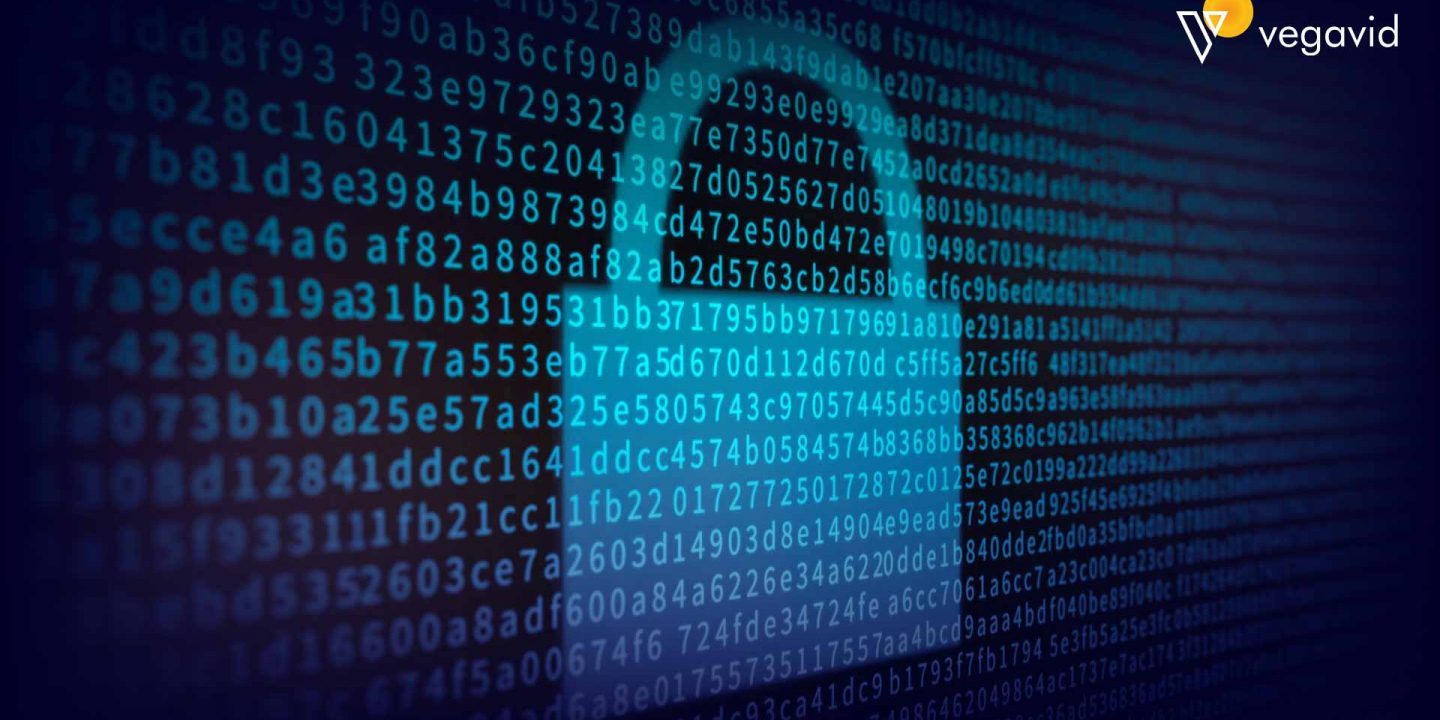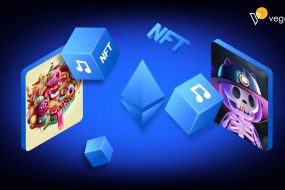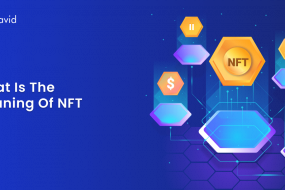
Data security is crucial for businesses to maintain their data’s confidentiality, integrity, and availability to prevent it from falling into the wrong hands. With the growing number of cyber threats and data breaches, ensuring data security has become a critical concern for businesses of all sizes. Here we’ll be discussing two popular methods of data protection: vaultless tokenization and encryption, and how they can help secure your sensitive data.
Protegrity vaultless tokenization is a process that replaces sensitive data with a unique identifier or token, which can be used in place of the original data for certain operations. Encryption involves transforming data into an unreadable format that can only be decrypted with the correct key. Both methods offer high security for sensitive data, but each has advantages and disadvantages.
What is Vaultless Tokenization?
Vaultless tokenization is a data security technique that replaces sensitive information with randomly generated tokens without needing a central vault to store the original data. In traditional tokenization, sensitive information is replaced with a token and stored in a central vault, which can be a point of vulnerability. Vaultless tokenization, on the other hand, generates the token on the client side, meaning that the original data never leaves the client’s device. which requires decryption to access the original data, tokenization replaces sensitive information with a unique identifier called a token.
These tokens are meaningless to anyone who does not have access to the corresponding data mapping system, which securely stores the original data. This means that even if a hacker were to gain access to the tokenized data, they would not be able to do anything without accessing the mapping system. As a result, vaultless tokenization can offer businesses a more flexible, scalable, and secure way to protect their sensitive information without sacrificing performance or usability.
How does vaultless tokenization work
Protegrity vaultless tokenization works by utilizing a one-way hashing algorithm to generate the token from the original data. The hash function generates a unique token for each unique piece of data, and the same data will always generate the same token. The token can then be used in place of the original data in various systems and applications while the original data remains securely stored on the client’s device.
Which uses a key to scramble and unscramble data. Vaultless tokenization completely replaces the original data with a token, making it impossible to reverse-engineer the original information. Furthermore, since the tokens are not linked to the original data, they cannot be used to reconstruct the original data. Overall, vaultless tokenization is a secure and scalable method for protecting sensitive data, and its simplicity and efficiency make it a popular choice for many businesses.
Advantages and disadvantages of vaultless tokenization
In recent years, tokenization has become a popular method for securing sensitive data, such as credit card information, by replacing it with a non-sensitive token. However, there are different approaches to tokenization, one of which is vaultless tokenization.
Vaultless tokenization is a method of tokenization where the tokenization process is performed without the use of a centralized data vault. This approach has both advantages and disadvantages when compared to traditional vault-based tokenization.
Advantages:
- Reduces risk of data breaches by eliminating central vault
- Helps organizations comply with data protection regulations
- Faster and more efficient processing of data
Disadvantages:
- Original data could be accessed if the client device is compromised
- Generating consistent tokens across all devices and applications can be challenging
What is Encryption?
Encryption converts plain text or data into a coded language that authorized parties can only access. In other words, it is a security technique that helps protect sensitive data from unauthorized access, theft, or hacking. Encryption algorithms use mathematical functions and keys to scramble data into an unreadable form that can only be decrypted with the correct key. The encrypted data can be securely stored, transmitted, and processed without fear of being compromised. Encryption is used to secure sensitive information such as financial data, personal information, and passwords. However, it is important to note that encryption is not foolproof and can be susceptible to attacks, especially if the keys are not properly managed or the encryption algorithms are weak.
How does encryption work?
Encryption works by transforming data into a format that can only be deciphered with the correct key, ensuring that only authorized parties can access the information. There are several different types of encryption techniques, including symmetric key encryption, asymmetric key encryption, and hashing. This process involves an algorithm that scrambles the original data into an unreadable format for unauthorized parties. The encrypted data is then stored securely on a device or in the cloud. To decrypt the data, the authorized user must have the correct key to transform the encrypted data back into its original form. This method of protecting sensitive information has become increasingly popular for businesses looking to safeguard their data from cyber threats. However, encryption can be complex and requires proper management and protection of the encryption keys. This is where Protegrity vaultless tokenization can offer a simpler, more secure alternative for businesses.
Advantages and disadvantages of encryption
Advantages:
- Provides a high level of security for sensitive information, such as personal data, financial information, and confidential business information.
- Helps prevent unauthorized access, data theft, and interception by hackers or cybercriminals.
Disadvantages:
- Increased computational requirements.
- Potential for key management issues.
Vaultless Tokenization vs Encryption
When protecting sensitive data, two common techniques are vaultless tokenization and encryption. While both methods can help secure data, key differences between them are important to understand. Here are the key differences between property vaultless tokenization and encryption:
Key differences between vaultless tokenization and encryption
| Vaultless tokenization | Encryption |
| Vaultless tokenization replaces sensitive data with non-sensitive tokenization. | Encryption transforms the data into an unreadable format. |
| Vaultless tokenization does not require a central data storage location (i.e., a vault) to store sensitive data. | Encryption requires a key to decrypt the data. |
| Tokenization can still be effective for many use cases because it makes it difficult for attackers to retrieve sensitive data. | Encryption provides a higher level of security than tokenization because it makes the data completely unreadable without the correct decryption key. |
| Vaultless tokenization is generally considered easier and less expensive to implement than encryption because it does not require a central storage location for sensitive data. | On the other hand, encryption can be more expensive and difficult to implement because it requires careful key management and storage. |
Factors to Consider When Choosing Between Vaultless Tokenization and Encryption
When protecting sensitive data, organizations have a choice between two popular methods: vaultless tokenization and encryption. Here are some factors to consider when deciding which method is best for your needs:
- Type of data being protected: The sensitivity and type of data being protected can influence the choice between tokenization and encryption. Tokenization is ideal for protecting structured data, such as credit card numbers, while encryption is more suitable for unstructured data, like files and documents. This type of tokenization is called PCI vaultless tokenization.
- Compliance requirements: Compliance standards such as HIPAA or PCI DSS may dictate the method to use. For example, tokenization is required for PCI DSS compliance, while encryption is a more general approach to data protection.
- Business needs: The method chosen should align with the organization’s business needs. Tokenization can provide faster access to data for authorized parties while still protecting it, while encryption can offer stronger protection but slower access times.
- Budget and resources: The cost of implementing and maintaining a tokenization or encryption solution can vary, and the organization’s budget and resources should be considered.
Which One Is Right for Your Business?
It can be said that both approaches have their advantages and limitations, and the decision on which one to choose depends on your specific business needs. Vaultless tokenization involves replacing sensitive data with a token, which is a unique identifier that represents the original information. The original data is stored securely offsite, while the token is used for all transactions and storage within the business. This method offers high levels of security since the sensitive information is not stored on-site, reducing the risk of data breaches.
On the other hand, encryption involves converting sensitive data into an unreadable format, which can only be accessed using a decryption key. This method provides a high level of security but requires an encryption key, which can be lost or stolen, leading to potential data breaches. Whether to use vaultless tokenization or encryption depends on the level of security required, the type of data being secured, and the regulatory requirements for your business. For example, if your business deals with sensitive customer information, such as credit card details, vaultless tokenization may be preferred. However, encryption may be more suitable if your business needs to secure data in transit or at rest.
Conclusion
Choosing the right data protection method is crucial for businesses of all sizes. When it comes to vaultless tokenization versus encryption, there are significant differences that should be carefully considered. While both methods offer some level of protection, they operate differently and have distinct advantages and disadvantages. In recap, encryption is scrambling data to prevent unauthorized access, while tokenization replaces sensitive data with a unique identifier. The key difference is that tokenization does not require a data vault. It can provide more security and flexibility for businesses dealing with sensitive data. It is essential to carefully evaluate the data protection requirements of your business before choosing a method. Depending on your specific use case, one approach may be more suitable. It is also important to consider the scalability and cost-effectiveness of each method.
FAQs
Question- How does vaultless tokenization work?
Vaultless tokenization is a method of securely managing sensitive data by replacing it with a token with no intrinsic value. The process involves using encryption and hashing techniques to generate the token stored in a database. When the original data is required, the token is retrieved from the database. This eliminates the need for a dedicated vault to store sensitive data, simplifying the process and reducing costs. The security of vaultless tokenization lies in the encryption and hashing algorithms used to generate the tokens, which are designed to be one-way functions that cannot be reverse-engineered.
Question- What is vaultless tokenization?
A decentralized approach allows for greater security and transparency, as the tokens are stored on a distributed ledger or blockchain network. With vaultless tokenization, each token is unique and cannot be duplicated, making it an ideal solution for creating and trading non-fungible tokens (NFTs) on white-label marketplaces. By eliminating the need for a centralized storage system, vaultless tokenization also reduces the risk of data breaches and cyber-attacks.











